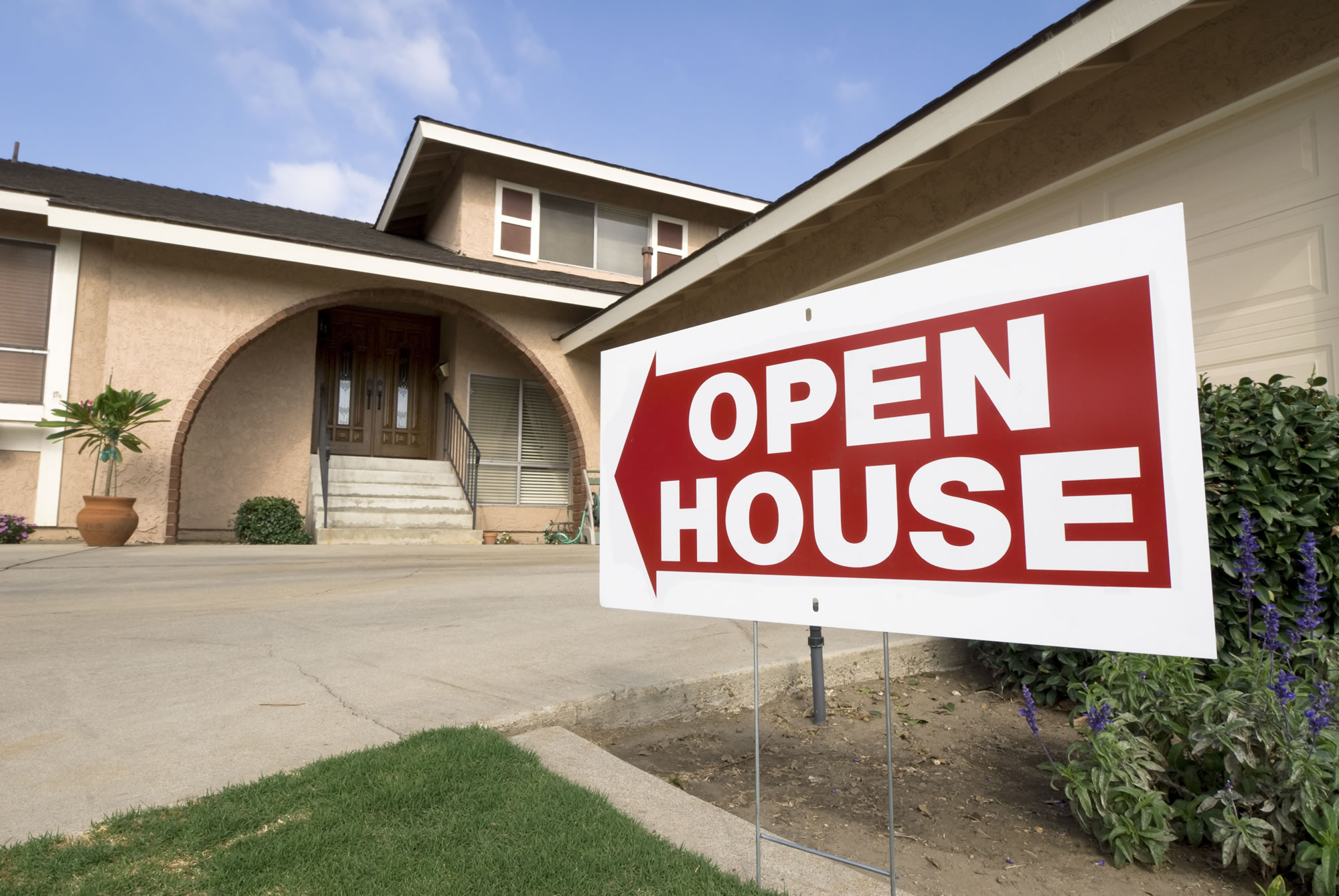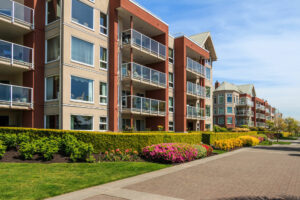A man trips and falls into a hole in a driveway and seriously injures himself. He sues the homeowner. The homeowner argues that the hole had been there for years and no one had tripped before. The court ruled that, even though the likelihood of injury was small, it did not diminish the danger. The homeowner is found liable for the man’s injuries.
When selling your home, an open house can be a great way to attract prospective buyers to the sale. However, as a homeowner, you owe a duty of care to anyone coming onto your property. As you invite dozens of strangers to your home, how do you protect yourself from a potential lawsuit?
The Occupier’s Liability Act requires an occupier to take reasonable care to see that people using the premises will be safe. In the event of injury, two major questions will be asked:
- Was the danger foreseeable?
- Did the occupier take sufficient steps to remedy the danger?
Even though it may seem obvious to duck your head under the low-hanging beam in your basement, do not assume the open-house guests will utilize the same caution. It is your responsibility as an occupier to identify and remedy the potential hazards.
Here are some tips for a safe open house:
- Examine your home and property with a fresh perspective to identify potential hazards that you may walk by every day.
- Ensure all areas of your home are well-lit.
- Remove all cords, wires, and obstructions from floors.
- Ensure carpets are non-slip and without curled edges.
- Encourage guests to leave shoes on as this will provide more traction than socks.
- Make repairs to loose floorboards.
- Install/secure handrails.
- In winter months, thoroughly shovel and sand walkways and stairs.
- Have supplies in place to clean up any water/spills immediately.
- Place prominent warning signs near any potential hazard that is unable to be remedied.
- Perform a thorough walk-through inspection with your realtor as he/she will be dealing directly with the open house guests.







